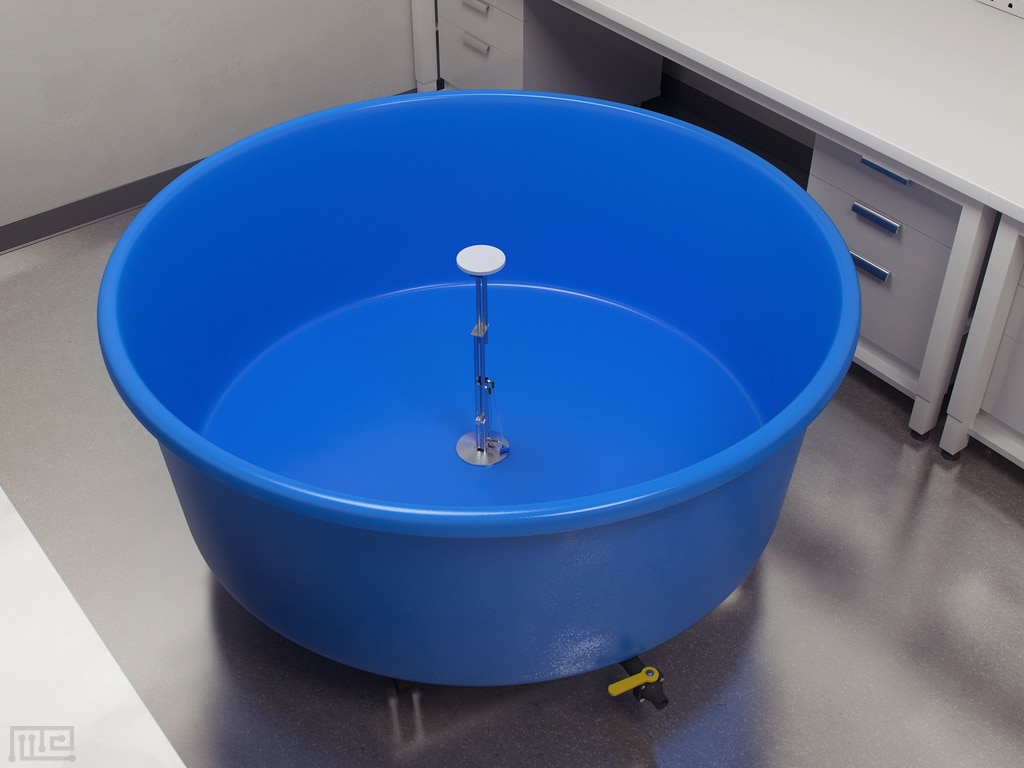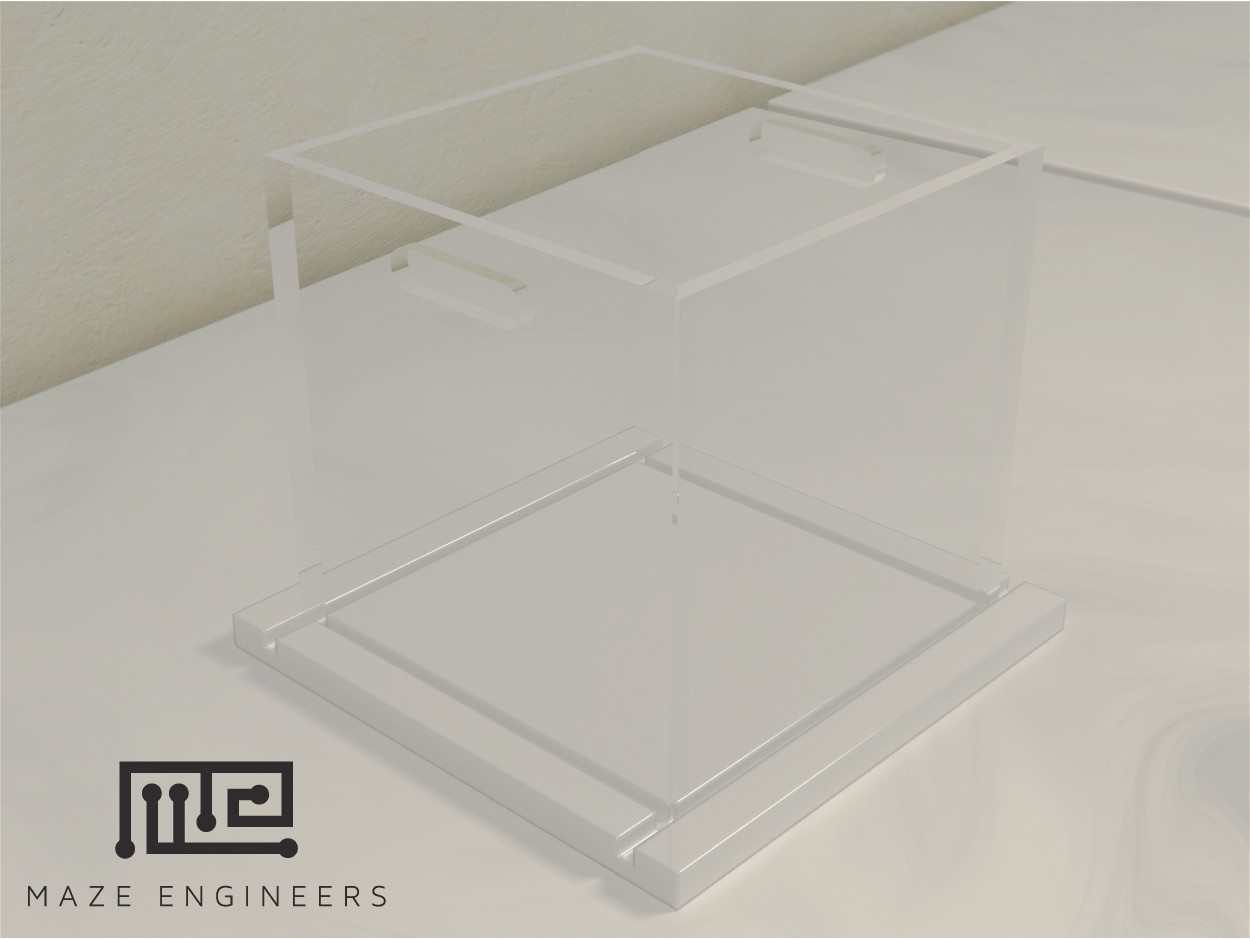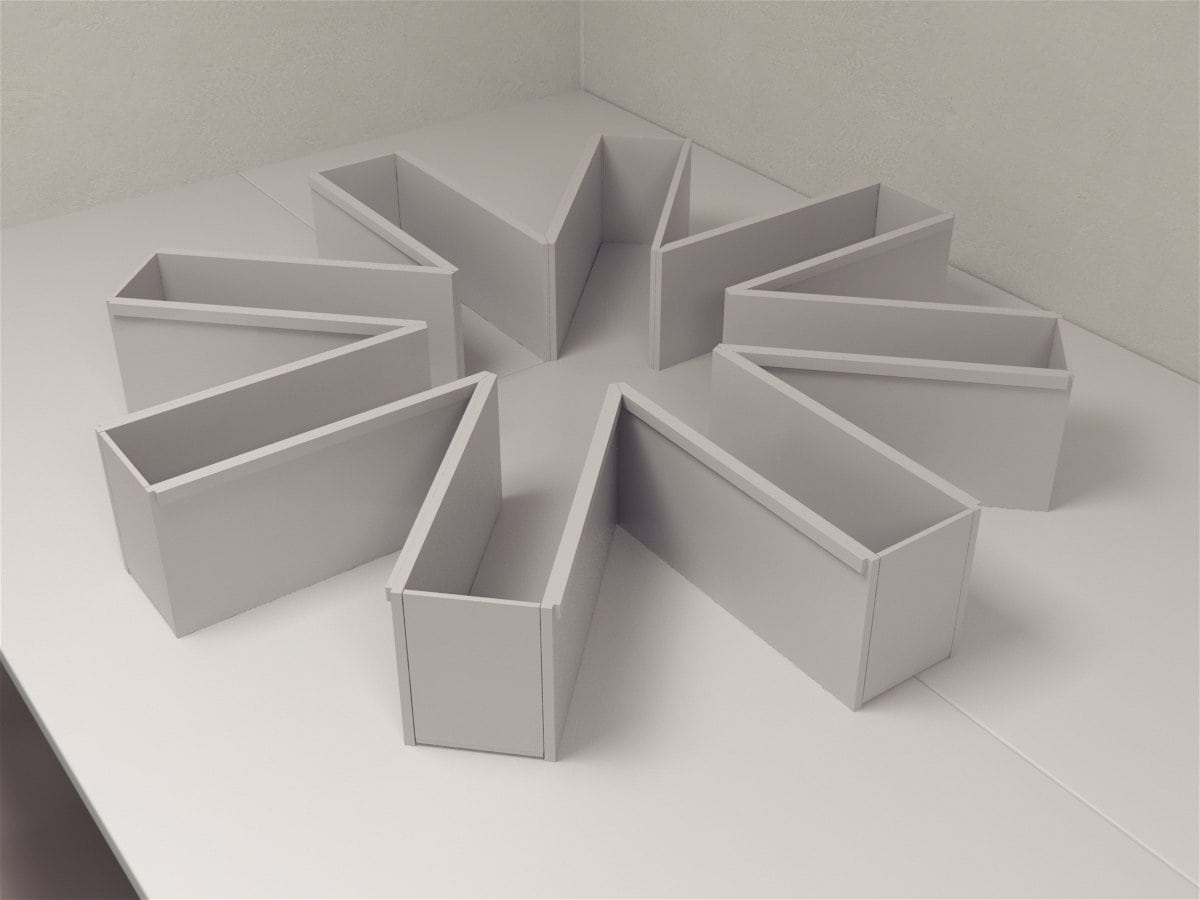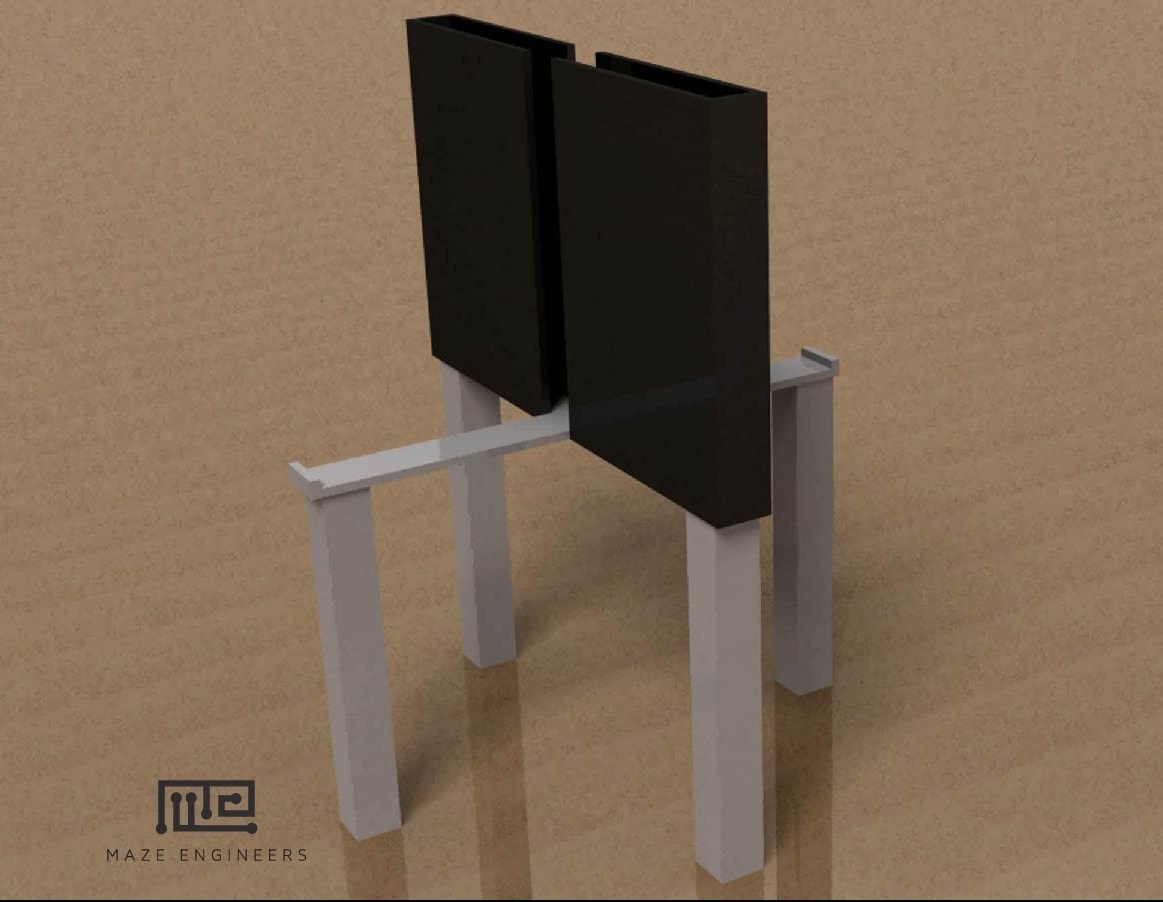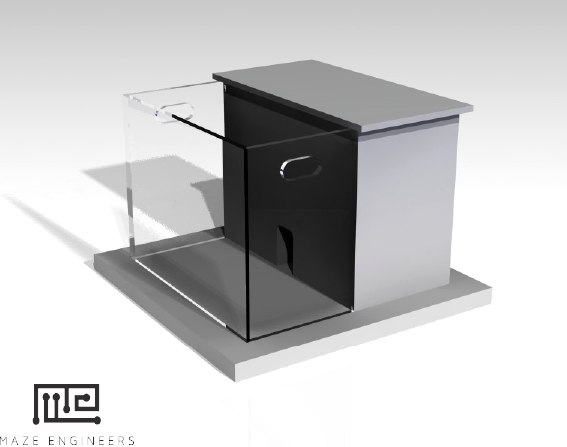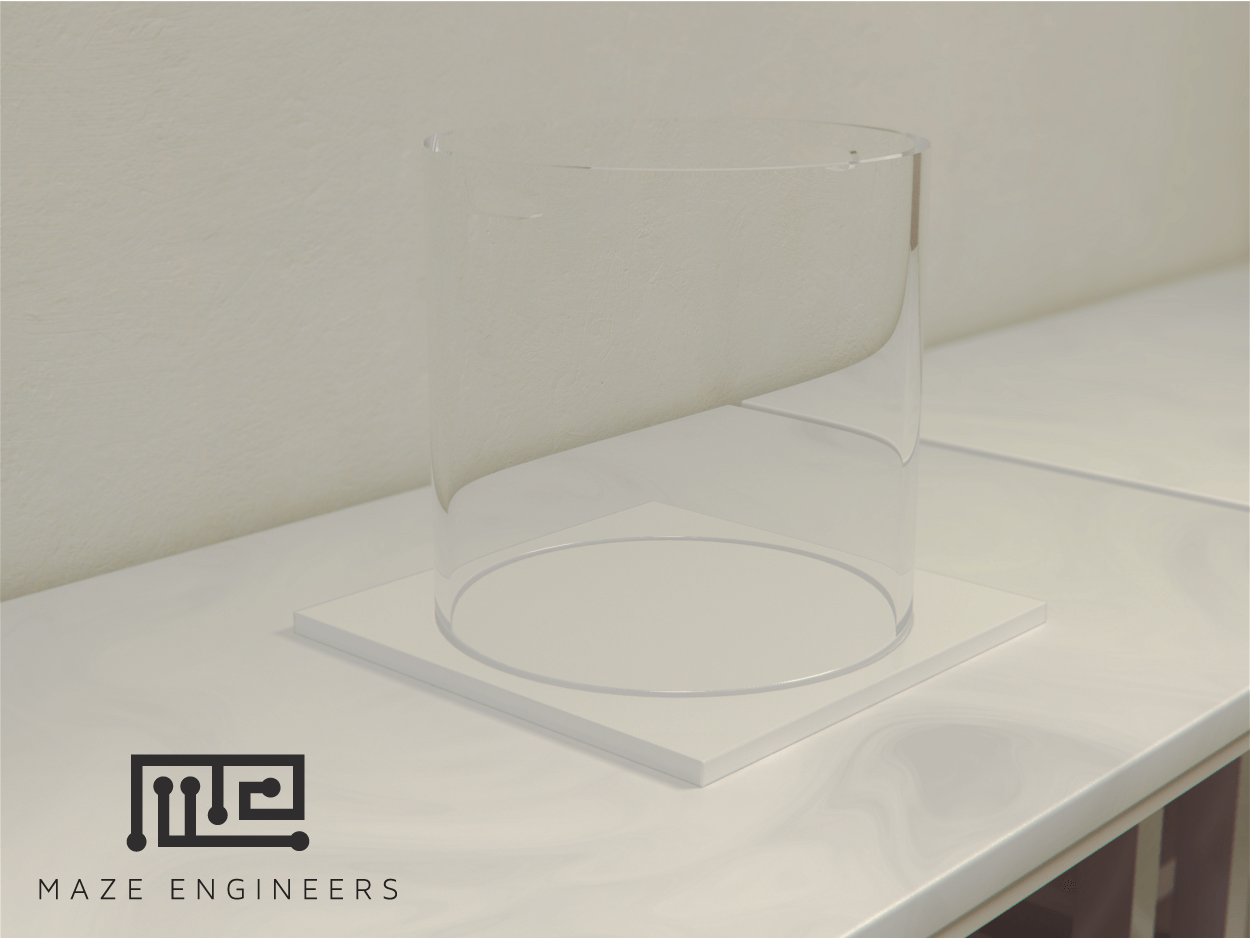Back in the 20th century, Dr. Watson, an American psychologist, argued with a group of friends, that animals do not need their vision or any other senses to navigate through a maze. Instead, he postulated that rodents find their way in the environment with the help of a learned motor response, something that was termed later on as motor kinetics.
With this realization and the subsequent introduction of the maze, behavioral neuroscience has the necessary tools to observe behavioral patterns in animals and to discover more about how the brain functions in different organisms.
Since then, dozens of mazes have been invented and used. In this article, we will look at 10 different mazes with the aim of finding out what they are used for and what they can help us discover about behavioral neuroscience.
1. Morris Water Maze
The Morris Water Maze is used to test spatial reference memory in rats and mice. Spatial reference memory is crucial for space recognition and locating objects in space.
The maze is quite simple in its design and it requires a pool of water and a platform that has to be submerged in the said pool. The rat/mouse is then placed in the pool of water and the animal starts swimming around to find solid ground due to fear-induced motivation from being placed in the water. Reference memory should direct the rat to the hidden platform location once it is placed in the same pool again. It is also possible to test spatial working memory using this maze by changing the location of the platform on a daily basis, thus challenging the rodent to learn the location of the platform from the
first try each day and remember its location in the subsequent trials performed on the same day.
The ability of the rodent to perform in the spatial memory task decreases with impaired neurocognitive abilities as observed in neurodegenerative and neuropsychiatric disorders, age-related models and in lesion models. The maze has been used to study various disease models, including endocrine abnormalities, strokes, Alzheimer’s disease, other neurodegenerative diseases, and their effects on learning and memory.
2. Open Field Maze
Don’t let the name fool you. This test does not require a big open field where rats or mice roam freely. On the contrary, the Open Field Maze is basically a big box with large walls (which can be ordered to be opaque, solid, or transparent/clear) that encloses space. Since this maze doesn’t have a roof and thus is ‘open,’ it is brightly lit due to the light from the lab.
Rodents have an inborn fear of open spaces. But, at the same time, they have a tendency to explore. The maze itself is used to test how anxiety influences their exploratory abilities. If the tested animal feels too much anxiety, it will spend most of its time next to a wall, rather than in the center of the Open Field where there is open space. On the other hand, if the rodent doesn’t experience high levels of anxiety, it
will start exploring the center of the maze (the open space) which is typically perceived as ‘threatening ‘.
Thigmotaxis in the open field is used to evaluate anxiolytic, anxiogenic and even non-pharmacological treatments. Ambulation is the most common behavior studied with this maze, but others such as latency or rearing can also be measured. In addition, objects can be added for a modification similar to the novel object recognition field.
3. The 8-Arm Radial Maze
This maze is designed, as the name suggests, with 8 arms. The arms are often closed off and the smell of the food is also controlled. The point of the maze is to test spatial working and reference memory. Working memory is tested by placing food in each of the eight compartments and then the mouse/rat has to explore each one in order to get the reward. The rodent has a strong working memory if it doesn’t go into the same compartment twice (indicating that they remember visiting that arm before). To test reference memory, food is placed in the same compartments repeatedly. Then, when the mouse/rat is placed in the maze, it will directly go to the exact area that it learned to associate with food.
4. Elevated Plus Maze
The ‘plus’ in this maze’s maze does not mean that it comes with additional features! The maze is built like a cross or the symbol ‘plus’ (+), thus there are 4 arms in total. Two arms are left without a wall and the other two arms are enclosed with walls.
The point of the test is to determine how thigmotaxis is displayed in mice/rats. A mouse/rat exhibits thigmotaxis when it stays close to walls, especially when exploring open areas. Thus, when placed in a maze, a mouse/rat is likely to walk next to walls (in an effort to feel some sort of safety) rather than out in the open, unsheltered. Scientists believe that thigmotaxis is a survival mechanism that evolved because, when rats/mice are out wide in the open, they can be seen easily and attacked by predators. Thus, if a mouse/rat is placed in this maze, it will spend the majority of its time in the enclosed arms rather than the open arms. The test is based on rats’/mice’s natural aversion to open and elevated areas, as well as on their natural spontaneous exploratory behavior in novel environments.
The Elevated Plus Maze test is one of the most widely used tests for measuring anxiety-like behavior. A commonly used alternative to the Elevated Plus Maze is the Zero Maze. The difference is that the Zero Maze does not have an open intersection in the middle and it’s a circular, continuous maze.
5. Y-Maze
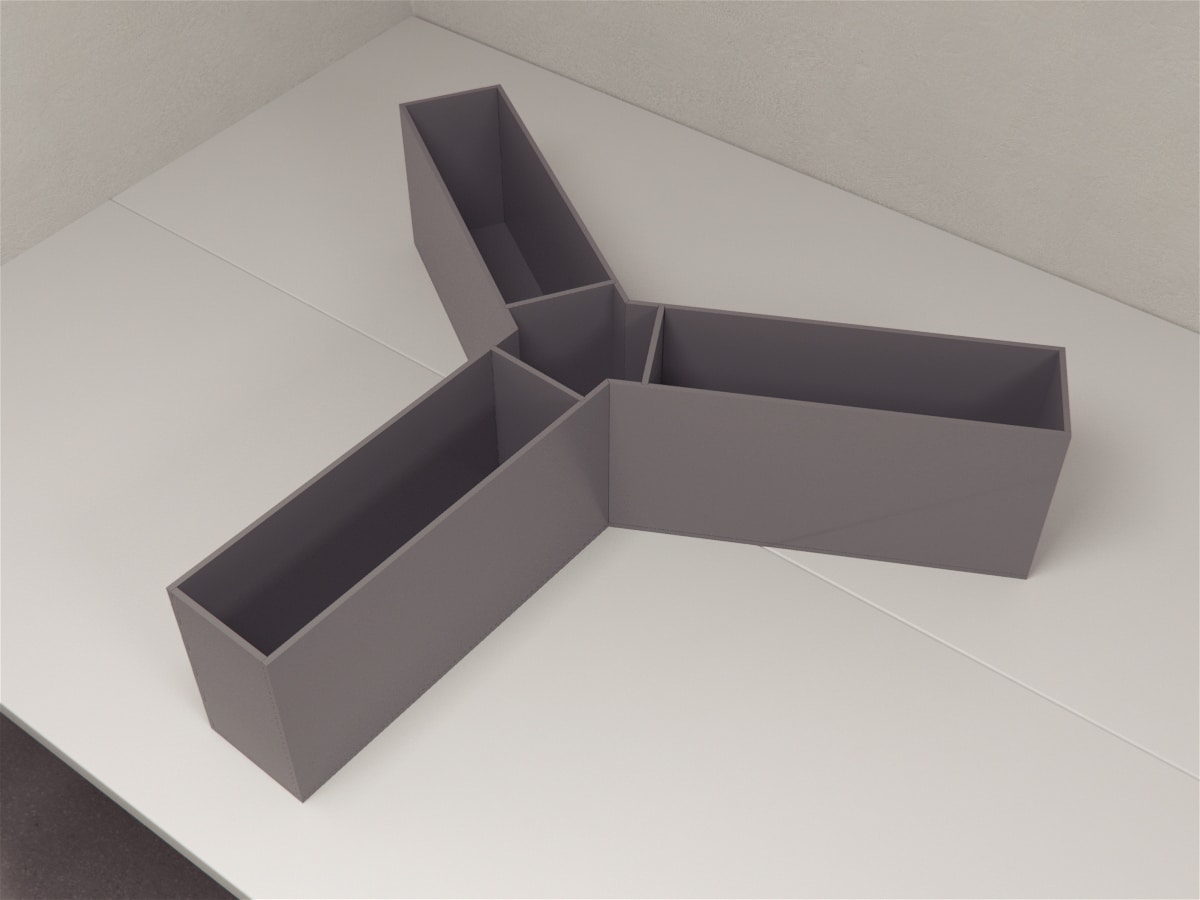
The Y-maze (named and built after the letter ‘Y’) is primarily used for testing rodents’ spatial abilities. The Y-Maze has arms that are angled at 120 degrees of one another. Each of the three arms can be sealed off with a door, limiting the space that the rodent has to access.
During training, a mouse/rat is placed in the base (i.e., one of the arms is designated as a starting position) and one of the remaining two arms is closed off. Thus, in the training period, the mouse is placed at the base of the maze and the food in one of the arms; the remaining arm is closed off. The trials alternate, so the arm that was previously closed off is now opened and contains food.
When testing begins, both arms are opened. A mouse is placed at the base/starting position and moves to find a reward in one arm. After it finds the reward, a new trial begins and the mouse/rat is returned to the base. It is then expected to go the other arm which it did not visit before, indicating that it remembers where it has been. If it goes down the same arm as it went in the first trial, then that is labeled as an ‘error.’
The Y-Maze has been extensively used in the study of hippocampal functions, age-related cognitive decline and anxiety. The Y-Maze is also utilized in understanding the effects of drugs and toxins and in understanding the underlying pathology of diseases on spatial learning and memory.
6. T-Maze

The T-Maze has been widely used in neuroscience for studies of spatial learning and memory. The task is based on the explorative nature of rodents to locate food quickly and efficiently. The basic model of the maze provides the subject with two options: left arm and right arm. The natural tendency of the rodent would be to explore the un-visited arm after retrieving food reward from one of the arms. Unlike the Y-Maze in which the arms are angled at 120 degrees of one another, the T-Maze’s arms are angled at 90 degrees of one another. This test is similar to Y-Maze in that a rodent is placed in one arm and then is expected to find the reward in the goal arm. After finding the reward in the goal arm, the rodent is returned to the starting point. In the following round, the rodent is expected to go in the other arm (the arm that it did not go to before) and find the remaining food reward.
If it goes to the same arm, then this is considered to be an ‘error.’
The T-Maze measures and tests for:
- spatial memory using reward alternation
- spatial learning using spontaneous alternation
The alternation task, both rewarded and spontaneous, has been shown to be effective in detecting hippocampal dysfunction and lesions. Thus, the T-Maze serves as a simple test to assess hippocampal learning and detection of cognitive dysfunction, and due to its simple construction and usability, it has been used extensively to study drugs and toxins that affect spatial memory and age-related cognitive decline. While rewarded alternation requires food rewards and takes fewer trials, spontaneous alternation does not require food rationing and can be interleaved with other tests.
7. Barnes Maze
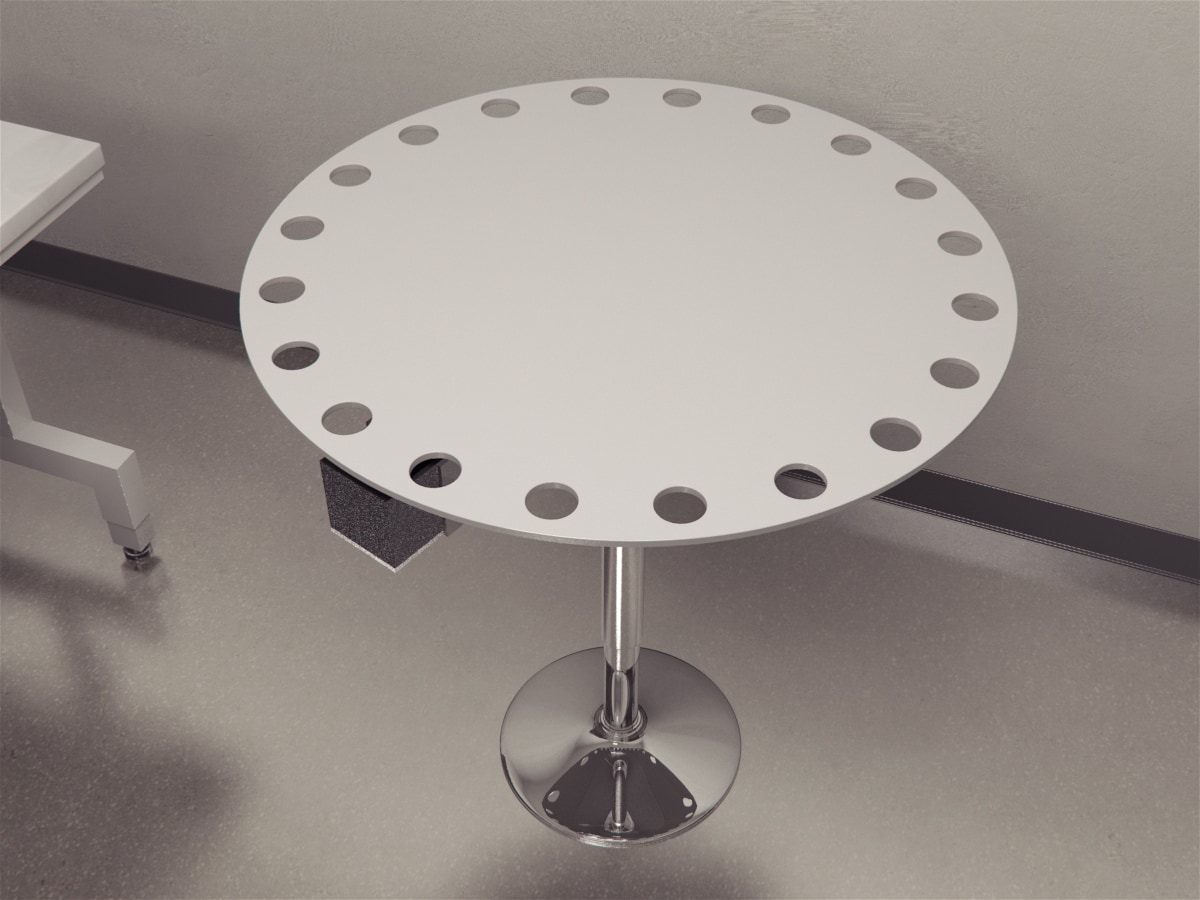
The Barnes maze tests learning abilities in mice and rats. It is a low-stress alternative to the Morris Water Maze and the Radial Arm Maze. The maze is designed as a flat disc with 20 holes placed all around the periphery. Only one hole has a compartment underneath it, so the rat/mouse enters this space to find safety. Again, the rodent’s inborn tendency to avoid open spaces plays a key role here. Instinctively, since they want to hide from the open space around them, they will start searching for a place to hide. Most rats/mice will learn which hole is the correct escape route within two days if they practice 1-2 times per day. However, those that have learning problems will have more difficulty performing this task. In fact, the ability to remember the location of the target hole can be affected by the administration of certain drugs or in disease models.
Measurements acquired through the Barnes Maze include: escape time, distance traveled, the number of times they check out non-escape holes (errors), and search strategy (random, sequential, or patterned).
The Light/Dark Box consists of a dark black chamber and a brightly illuminated white chamber connected by a restricted opening. Animals are allowed to move freely between the two chambers. Since rodents have an inborn ability to avoid areas with a lot of light, they are expected to enter the dark part of the apparatus. However, at the same time, rodents have a natural tendency to explore unknown spaces. Thus, any time that is spent in the light area of the apparatus is considered to be indicative of low-anxiety behaviors. The applicability of this test to the assessment of drug sensitivity has also been determined. In the Light/Dark Box test, drug-induced increases in exploratory behavior and in the time spent in the bright chamber can be regarded as an index of anxiolytic activity, whereas a decrease in the time spent in the bright chamber can be regarded as
an index of anxiogenic activity. It has been shown that the light/dark box test is sensitive to both anxiolytic and anxiogenic drug treatment.
This test is not technically a maze, but it is a handy device that is used quite frequently in behavioral research, especially in research focusing on depressive-like behaviors. This device is like a large cup that’s filled with water, large enough to hold a single mouse or rat at a time. The test is built around rodent’s inborn fear of water. The most common reasons for which this apparatus is used is to study depressive-like behavior and the effectiveness of antidepressant drugs. In this apparatus, the mouse’s/rat’s behavior is scored by quantifying the observed active movements (such as swimming and climbing) in contrast to the passive immobile behavior. A wide range of antidepressant treatments has been shown consistently to reduce the amount of immobility time while increasing active escape behaviors.
The Sociability Chamber is designed to help scientists determine how rodents socialize, and also to observe variations in behavioral patterns that animals with schizophrenia, autism, and other mental issues display. The Sociability Chamber is a 3-chambered device that is divided into compartments using sliding doors. This maze is crucial if you are studying socialization in mice and/or rats because it can assess multiple dimensions of social behavior, including social affiliation, social motivation, social memory, and novelty. To use this apparatus, a test rodent is placed in the middle compartment, then, the other two side chambers are either empty or contain another mouse/rat. Now, during the trial, when the chamber doors are all opened, the test mouse/rat can either gravitate towards the other mouse (a sign of socialization) or
it can go towards the empty part of the cage (i.e. prefers not to socialize). In a different setup, the test mouse/rat can be placed in the center and two other rodents will be in the side chambers. One of the rodents will be a new, unfamiliar rodent. The other rodent will be a familiar rodent which the test mouse/rat has previously encountered. Based on which of the two rodents the test mouse/rat interacts with, researchers can measure its social memory and/or preference for social novelty.
Conclusion
The list above contains just a fraction of the behavioral mazes that are in use today. These mazes are the most common in behavioral research and you are bound to encounter them at one point or another.
These mazes have many variations and modifications, most of which were not covered here in detail. However, these top 10 mazes of 2019 are at the heart of behavioral research. The modifications and variations simply expand their capabilities to measure and assess more aspects of behavior.
In summary, these mazes make it possible to measure complex rodent behavior (like sociability and memory). Ultimately, this gives researchers from any part of the world the opportunity to discuss and compare their hypotheses and experimental findings.

